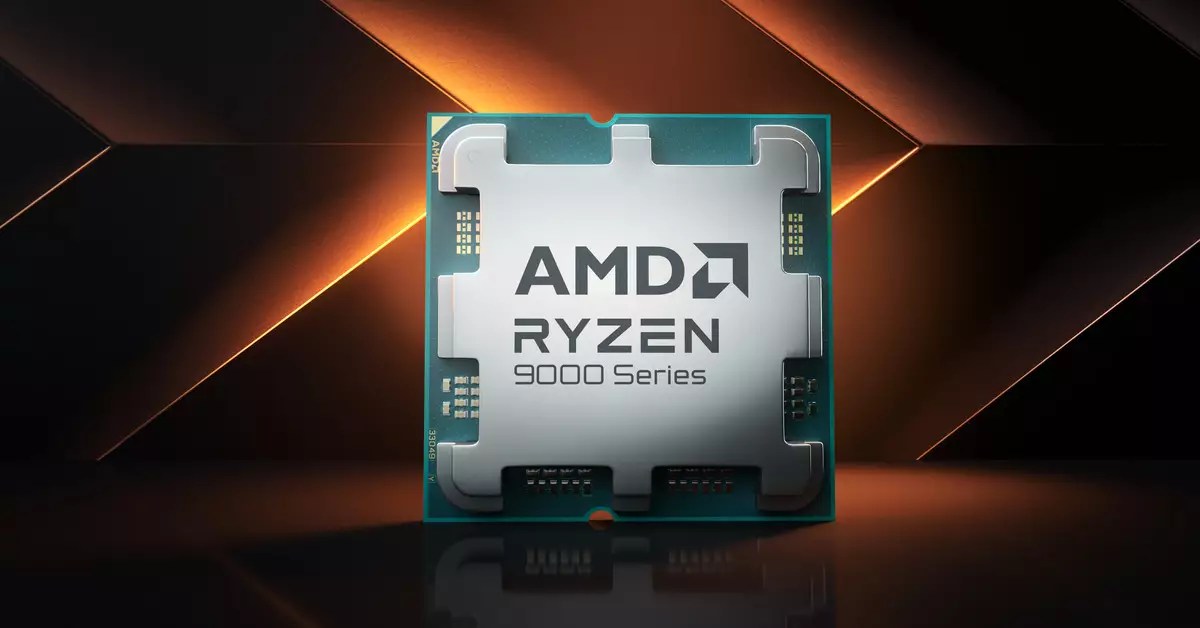In an unexpected twist, the gaming and hardware community found itself buzzing with the premature unveiling of AMD’s next-generation Ryzen 9000X3D desktop processors. This leak, originating from a slide presentation by MSI, has stirred discussions about the future of AMD’s CPU offerings. As a critical review of the situation unfolds, it raises important questions regarding performance improvements and competitive positioning in a saturated market.
AMD has long positioned its Ryzen series as a strong competitor to Intel’s processors. However, initial glimpses of the Ryzen 9000X3D models reveal a mixed bag of performance metrics. While the eight-core variant of the X3D showed promising multicore capabilities, outperforming the Ryzen 7 7900X3D by up to 28% in Cinebench R23, deeper analysis reveals troubling inconsistencies in real-world gaming scenarios. For instance, in popular titles like Black Myth: Wukong and Shadow of the Tomb Raider, the performance gains straddle a mere 2%, which raises concerns about the overall worthiness of such an incremental upgrade.
Comparison with Predecessors
One of the more alarming findings is the apparent parity in performance compared to the standard Ryzen 9000 series chips. The minimal performance gains observed during MSI’s testing suggest that gamers and content creators may not find justifiable reasons to upgrade to the X3D variants if the differences are negligible. The potential lack of distinguishing features could alienate AMD’s user base, particularly in a market that increasingly demands robust, noticeable upgrades with each new generation.
What adds a layer of intrigue to this situation is the context of the leak itself. The AMD Ryzen 9000X3D information appeared in a section focused primarily on Intel’s Core Ultra 200S chips. This unusual juxtaposition prompts speculation about possible miscommunication within the company or a deliberate oversight that led to the inclusion of AMD data in a presentation that had little to do with its products. Such blunders in the tech industry highlight the highly competitive landscape and the lengths companies will go to maintain an edge—and how easily that edge can turn into vulnerability.
While the Ryzen 9000X3D processors may deliver on the promise of multicore performance, the expected gains in gaming remain modest. AMD needs to focus not just on numbers and benchmarks but also on creating genuine value that resonates with consumers—especially after the lukewarm reception of the previous Ryzen 9000 series. As the tech community awaits further developments, one thing remains clear: consumers are skeptical. Until AMD can clarify and substantiate its performance claims, it risks further disillusionment among its faithful user base. The time for impactful innovation is now—as the competition between AMD and Intel shows no signs of abating.


Leave a Reply